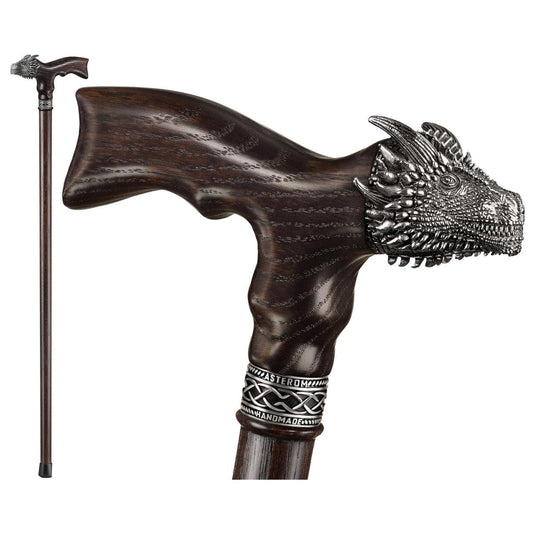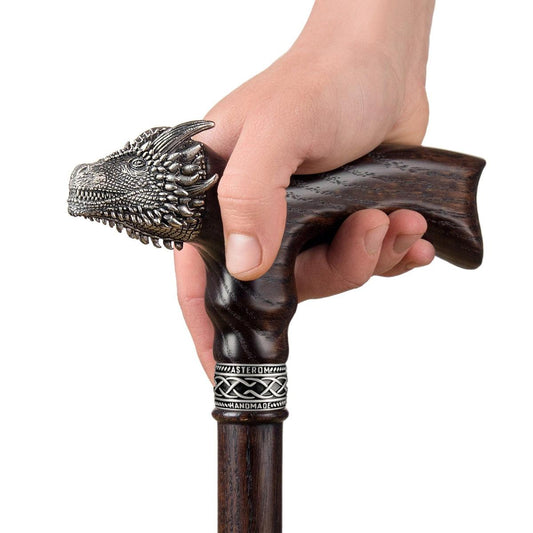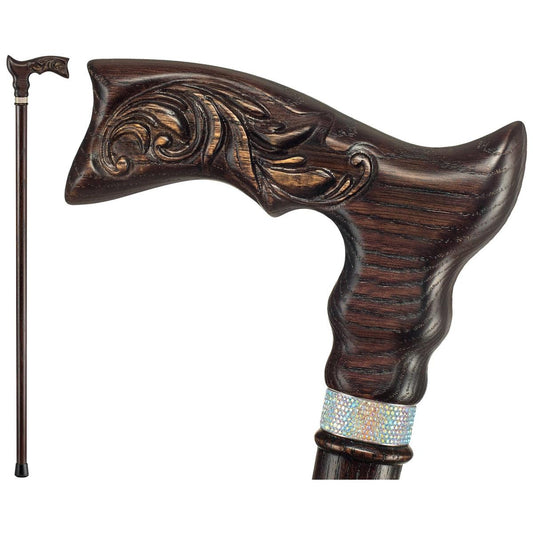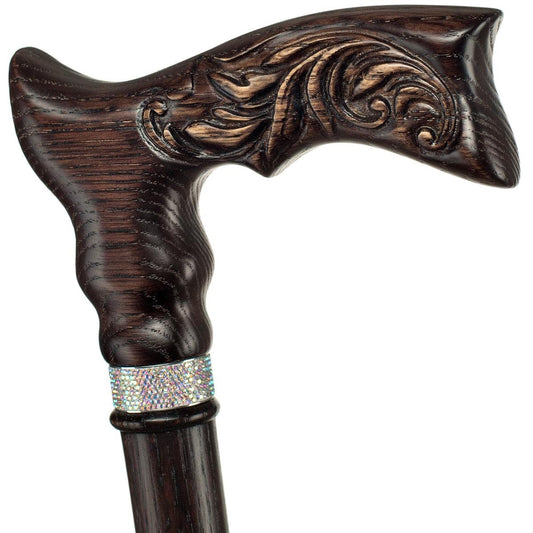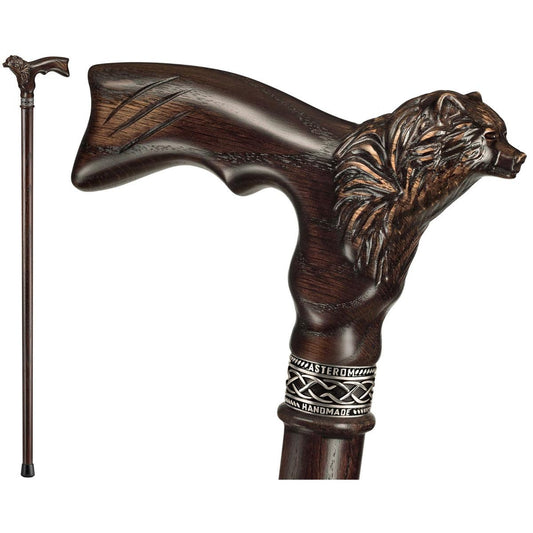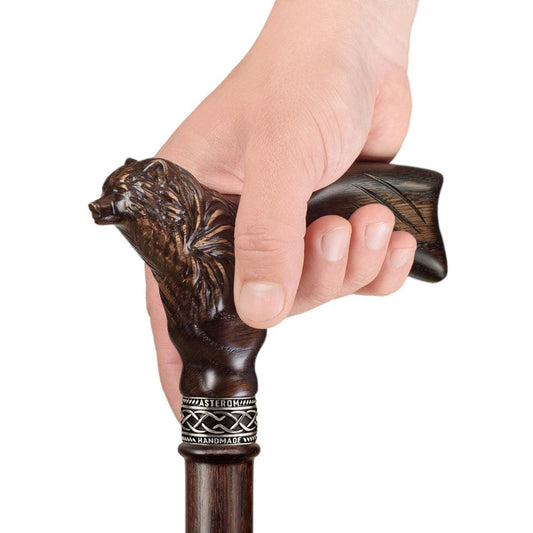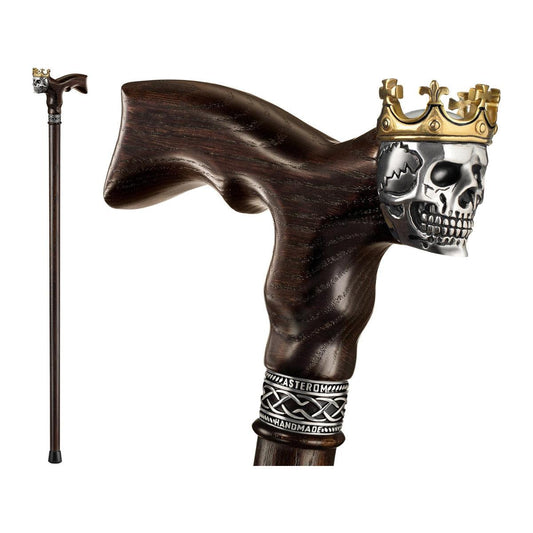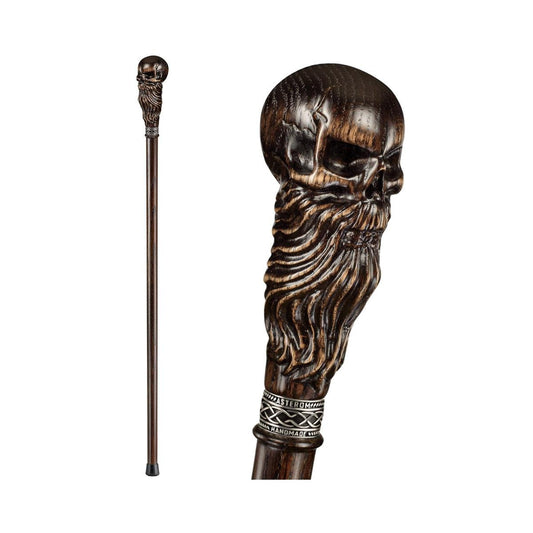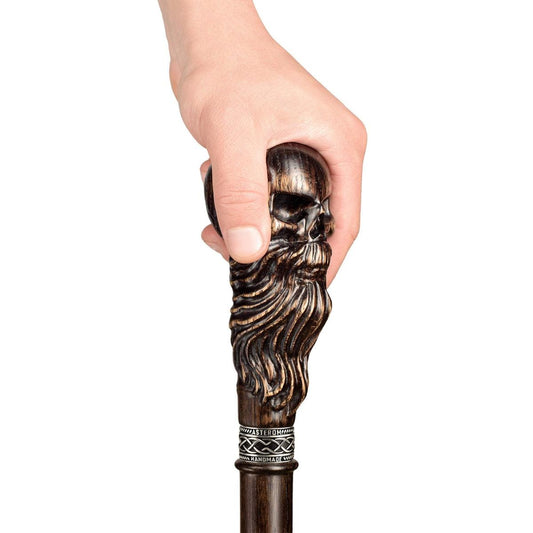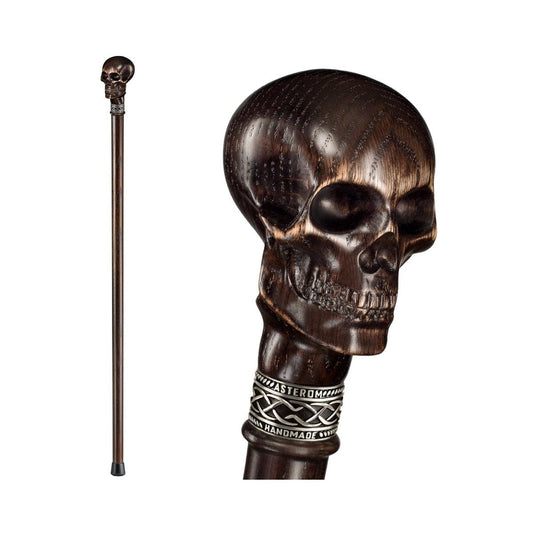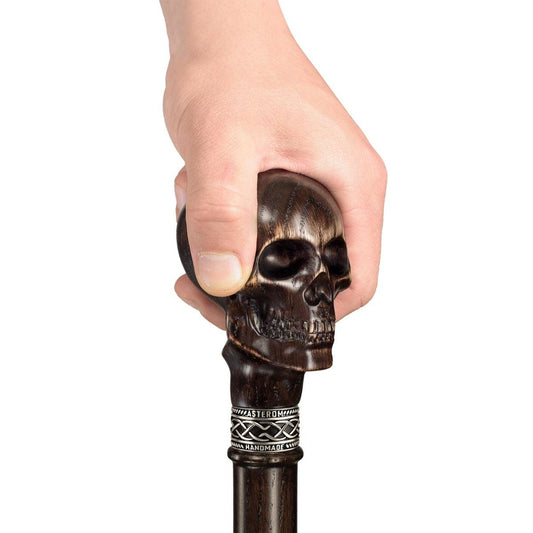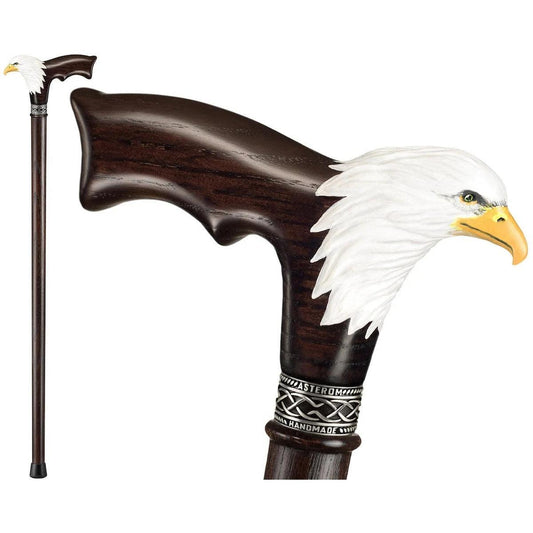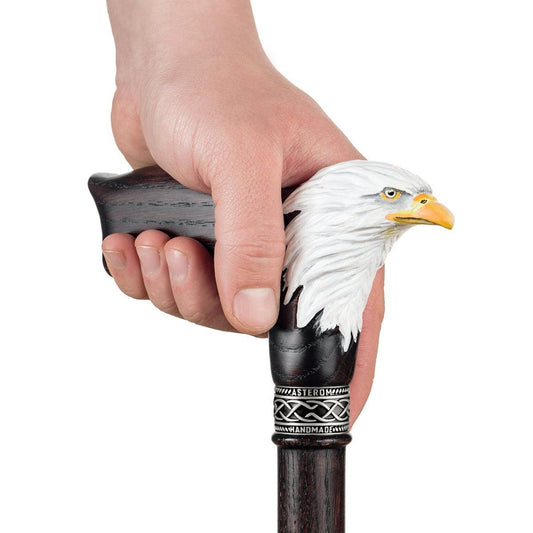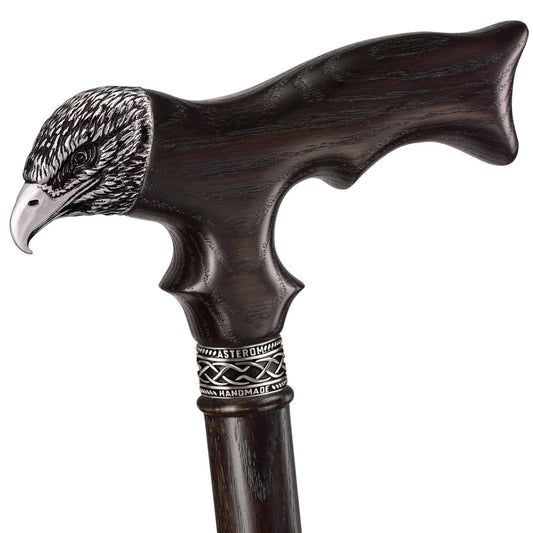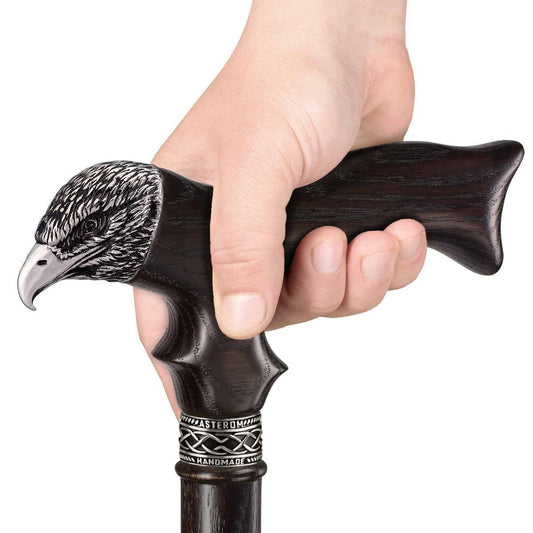How Canes Improve Balance and Stability
Balance is essential for mobility and independence, especially as we age or recover from injuries. A well-chosen cane can significantly improve stability, prevent falls, and enhance confidence in daily movement. However, not all canes are created equal—understanding the different types and their benefits is key to finding the perfect fit for your needs.
In this comprehensive guide, we'll explore how canes aid in balance, the best cane options for stability, proper usage techniques, and expert tips to maximize mobility.
How Canes Improve Balance and Prevent Falls
Balance issues can arise due to aging, medical conditions, or injuries. Canes provide additional support by redistributing weight and offering a point of stability. Here’s how they help:
1. Expanding Your Base of Support
Walking with a cane increases the number of contact points with the ground, creating a wider base of support. This improves steadiness, especially on uneven surfaces.
2. Reducing Strain on Joints and Muscles
A cane helps offload pressure from weaker limbs, making walking less strenuous. This is particularly beneficial for individuals recovering from hip, knee, or foot injuries.
3. Enhancing Proprioception
Proprioception refers to the body's ability to sense movement and position. A cane provides sensory feedback, helping users stay aware of their balance and movement.
4. Preventing Falls and Injuries
Falls are a leading cause of injury, particularly among seniors. According to the CDC, falls are the leading cause of injury-related deaths among adults aged 65 and older. Using a cane significantly reduces fall risk by providing stability and acting as a safeguard when navigating obstacles.
Choosing the Best Cane for Balance and Stability
Selecting the right cane is crucial for maximizing support and comfort. Here are the key factors to consider:
1. Cane Types and Their Stability Levels
| Cane Type | Best For | Stability Level |
|---|---|---|
| Single-Point Cane | Mild balance issues | Moderate |
| Quad Cane (Four-Pronged Base) | Maximum stability needs | High |
| Offset Handle Cane | Arthritis, wrist pain | High |
| Folding Cane | Portability and travel | Moderate |
| Seat Cane | Resting on long walks | Moderate |
2. Handle Types for Comfort and Grip
- Ergonomic Handles – Reduce hand and wrist strain, ideal for arthritis sufferers.
- Derby Handles – Offer a comfortable grip with a curved design for better weight distribution.
- Palm Grip Handles – Provide maximum hand comfort, best for long-term use.
3. Material Matters: Wood vs. Metal Canes
- Wooden Canes – Stylish and traditional, but typically non-adjustable.
- Aluminum Canes – Lightweight, adjustable, and more durable.
- Carbon Fiber Canes – Ultra-lightweight with superior strength
How to Properly Use a Cane for Maximum Balance
Even the best cane won't help if used incorrectly. Here’s how to ensure proper use:
1. Adjust the Cane to the Right Height
- Stand upright and let your arms relax at your sides.
- The cane handle should align with your wrist crease when your arms are slightly bent (~15-20 degrees).
2. Hold the Cane on the Correct Side
- If you have a weak or injured leg, hold the cane in the opposite hand for better weight distribution.
- Example: If your right leg is weak, hold the cane in your left hand.
3. Walk with a Natural Gait
- Move the cane forward at the same time as your weaker leg to maintain balance.
- Step with your stronger leg while the cane provides support.
According to the Mayo Clinic, maintaining a steady pace and using the cane correctly can help prevent missteps and falls.
4. Navigating Stairs Safely
- Going up: Lead with the stronger leg first, followed by the cane and weaker leg.
- Going down: Step down with the cane and weaker leg first, then bring the stronger leg down.

Common Mistakes When Using a Cane (and How to Avoid Them)
Even experienced cane users make mistakes that can impact safety and comfort. Here are some of the most common errors:
1. Using the Wrong Cane Height
- A too-tall cane can throw off balance, while a too-short cane can cause stooping and back pain.
- Solution: Always adjust to wrist height.
2. Holding the Cane in the Wrong Hand
- Many users mistakenly hold the cane on their weaker side, which reduces its effectiveness.
- Solution: Use the cane on the stronger side to support the weaker limb.
3. Walking Too Fast or Leaning Too Much
- Moving too quickly can cause imbalance, while leaning too much on the cane can lead to instability.
- Solution: Walk at a steady pace with light, controlled pressure on the cane.
4. Using a Worn-Out Cane Tip
- A worn rubber tip loses grip, increasing fall risk.
- Solution: Regularly check and replace cane tips for safety.
According to Harvard Health, improperly using a cane can increase fall risk rather than prevent it.
Expert Tips for Maximizing Stability with a Cane
- Choose a cane with a rubber grip tip for better traction.
- Consider a quad cane if you need extra stability.
- Use a wrist strap to prevent dropping the cane.
- Practice using the cane on different terrains before venturing outside.
- Consult a physical therapist to ensure proper technique.
FAQs: Canes and Balance
1. Which type of cane provides the best balance support?
A quad cane offers the highest level of stability due to its four-pronged base.
2. How do I know if I need a cane for balance?
If you experience frequent stumbles, dizziness, or leg weakness, a cane may help prevent falls. Consult a doctor or physical therapist for assessment.
3. Can a cane replace a walker?
A cane provides support but does not offer as much stability as a walker. If you need full-body balance assistance, a walker may be a better option.
4. Are adjustable canes better than fixed-height canes?
Yes, adjustable canes allow for a customized fit, ensuring proper height for balance.
5. Can I use a cane for exercise or hiking?
Yes, hiking canes or trekking poles are designed specifically for outdoor activities and rough terrain.

Final Thoughts: Choosing the Right Cane for Your Balance Needs
A well-chosen cane can transform mobility, boost confidence, and enhance independence. Whether you're recovering from an injury, managing a medical condition, or simply seeking extra stability, selecting the right cane and using it properly is essential for safety and comfort.
At StickYourCane.com, we offer a wide selection of stylish, durable, and ergonomic canes to meet every mobility need. Explore our collection today and take the next step toward better balance and stability!


